How to Maximize Your Return When You Sell Your Home.
The "secret" to making top dollar when you sell your home isn't really a secret at all-I've been "revealing" it to my clients for years. But because it involves a lot of discipline and elbow grease, many people decide to cut corners. And that's when the price you could command begins to drop.
Do not be one of those people. During my years in real estate, I've seen countless examples where well-considered, well-placed investments of time and a little money have dramatically improved the sales price and increased the speed in which a home has sold.
My report will show you how even minor home improvements can substantially improve the value and marketability of your home. In today's economy, there are no guarantees that you will recoup what you spend to improve the value of your home all the more reason it's important to pick the right investments.
But even when you don't recoup all the money you invest to upgrade, many improvements can give you an important edge over other homes on the market. And the failure to make some improvements can leave you at a distinct disadvantage as buyers compare your home with the competition. Believe me, I've seen it happen time and again.
Spend time before you spend a dime
Unless your home is in mint condition or you're selling it as a "fixer-upper," there's probably a long list of repair or remodeling projects to consider. These can range from relatively simple jobs, such as painting a bathroom, to more complex room-addition or remodeling projects.
In considering any home improvement project, you need to ask yourself a couple of questions: Why are you doing it? Is it work that really needs to be done such as a paint job or replacing a leaky roof? Or is it an amenity you'd like that you think might appeal to a potential buyer-a hot tub or home office addition, for example. Will it add value to your home, or have no impact at all? Or will it make your home more difficult to sell?
Some investments-like painting and yard work-involve relatively little cash outlay and yet return many times your cost. Other improvements that you think add value have no significant impact. Adding a swimming pool is a good example. Besides the hassles of maintenance, a pool can reduce your home's appeal among families with small children because of safety concerns.
If you don't have time or energy but you want to reap the most from the sale, at the very minimum, you should de-clutter, paint inside and out, clean up the yard, and deep clean the house.
Planning is everything
If there's one piece of advice I would give every homeowner regardless of the circumstances, it's this: Plan first, then do. Careful planning on your part is a prerequisite to undertaking any home improvement project, major or minor. In fact, the quickest way a "minor" project balloons into a major one is when you haven't thought things through in advance. I've seen more people get in over their heads because they didn't think things through before starting work.
Whether you hire someone or do the work yourself, expect to spend more time and money than you initially anticipate. But by choosing well, you can ensure that the work you do adds the greatest value at the lowest cost.
Be methodical. Try breaking your list into "exterior" and "interior" projects, then break it down further by room or outside area. Decide which projects you're going to take on yourself and which will require outside help, and then do a rough cost estimate for each job.
Now let's take a look at some projects you might consider, beginning with some simple steps that can reap huge dividends.
Catch 'em at the curb
"Curb appeal" isn't just catchy real estate jargon. It recognizes the fact that many buyers form their first, and often strongest, opinions before they step out of the car. Remember, buying a home is first and foremost an emotional commitment, especially for first-time homebuyers. You may have a long list of logical reasons your home is a good catch, but a buyer is reacting emotionally to what he or she is seeing.
Knowing this, you can use a buyer's emotions to your advantage. First, take a good, hard look at the first impression your property makes. What do people see? If it's flaking paint and an unkempt yard, they may be seeing a home that needs a lot of work.
Here are some investments in your home's exterior that I've found through firsthand experience can pay huge dividends:
Paint
It should come as no surprise that surveys show that painting the exterior of your home results in the greatest return on time and money invested when compared to other improvements done for selling purposes. An investment of $1,000-$2,000 can mean adding $3,000 or more to your asking price. A professional painter can complete the job efficiently and quickly and help you realize more in profit.
Even if your home doesn't need the full treatment, check the trim around windows and doorways for cracking or peeling, and do any necessary touch-up work.
Landscaping
Another key first impression is made by the grounds of your home. If you can improve the attractiveness of your landscape without spending a lot of money, you can add a good 5 to 10 percent to the value of your home.
Minimally, you should prune existing trees, shrubs and bushes, clean out dead plants and weeds from flower beds and replace them with colorful flowering plants. Because landscaping can become a high-maintenance headache if not done carefully, choose hardy perennials that require minimal care.
If you have a damaged lawn, you may need to take additional steps. The easiest step is to repair damaged sections with new sod. While seeding is cheaper, it won't produce grass overnight. A good patch job can make for a great quick fix.
Other lawn problems-dead areas due to lack of sunlight or a tree's root system-can be solved by planting ground cover or creating additional flower beds.
Like a new paint job, a relatively inexpensive upgrade of existing landscaping can bring far greater returns than what you spend. But don't do anything that would be deemed excessive by neighborhood standards. The idea is to make your home more attractive, not stand out as an oddity.
The driveway
Because it's big, dark, and usually takes up a significant portion of the property in front of your home, a driveway can affect a buyer's first impressions. If yours is in good condition, make sure you keep it swept and neatly edged where it meets the lawn. If yours is cracked, buckled or oil-stained, fix it. Patching concrete can be a problem because matching color is difficult; tar and asphalt are relatively easy to match. Whatever you do, be careful you don't create a bigger problem through quick-fix solutions-use high-quality patching materials and sealers.
Decks and patios
These can be popular additions that add value, especially with smaller homes, because they add living space. But make sure that whatever you do is consistent with your home's architectural style and integrates well with your outdoor areas. Before you list your home, spend some money to have a professional clean the deck and seal it.
The garage
If your garage has that rough, unfinished look, consider drywall and matching switch and outlet plates. At a minimum, make sure all switches and outlets work. And give everything a good cleaning.
Don't neglect the minor details
It's often the little things that really stand out. If your mailbox is in poor shape, replace it. Varnish or repaint your door if it needs it. A door knocker and brass kick plate can also be a nice addition. Spruce up the entryway with new light fixtures, potted plants and other decorative touches.
With the exception of adding a deck or patio, most of the steps I've touched on here can be accomplished in relatively little time and without a lot of money. But the difference in the impression your home makes on prospective buyers will be dramatic.
Ironically, some of the big-budget items you might consider spending your money on will do little to enhance the marketability of your home. Aluminum siding, for example, is prized by some and loathed by others. Hot tubs may or may not appeal to potential buyers. Watch out for changes that you may find appealing but end up limiting your home's appeal to others.
Besides swimming pools, other investments you probably won't see a return on are tennis courts and automatic sprinkler systems. Unless they're for your own enjoyment, don't waste your money.
One major expense you may have to consider is a new roof. But if you think you can pass the cost along to a buyer, forget it. Everyone expects a good roof, and they're not going to pay extra for it. And a roof in poor condition can kill a deal quickly.
Making the best second impression
As with the exterior, I've found that there are plenty of interior tricks to punch the right emotional buttons in prospective buyers. In all rooms, certain minimum standards should be met:
These Are The Minimum Standards:
- Make sure all plumbing and electrical systems are in good working order
- Repair cracks in the wall
- Paint-as is the case outside, a fresh coat of paint throughout the house will more than pay for itself
- Remove wallpaper
- Replace missing molding
- Replace cracked or broken window glass
- Make sure window and door hardware match
- Install new floor coverings
- Install new light fixtures
- Make sure switch and outlet plates match from room to room
- Upgrade insulation in drafty or hot rooms
- De-clutter -- if you're not going to pay a mover to pack it, then donate it, give it away or throw it out! The buyers are buying the floorplan -- if they think that it's too cluttered, they may decide that their things won't fit in your house either!
- As is the case outside, a coat of paint can literally make the difference between a sale and no sale. Be sure to stick to neutral colors-white or off-white. It tends to make everything look new, clean and bright.
- Be sure to paint everything: inside closets, cabinets, pantries, etc. If a prospective buyer opens a door and sees dirty walls or shelves, you've just wasted the advantage you had gained by painting in the first place.
Like paint, new carpeting should also be in a neutral shade. This helps buyers visualize their own furniture in your home.
Wallpaper, like wall colors, makes a personal statement about the owner's tastes. Remove it. Buyers want to visualize what they would do with your house, and wallpaper gets in the way of their dreaming.
Many buyers value good wood floors, so sand and refinish yours if they can be restored. Otherwise, you might consider new flooring. If your home is short on storage space, consider how you can add shelving, cabinets or other storage systems to remedy this deficiency.
Taken individually, each of the above improvements may not seem like much. But you'll find that the cumulative effect of fixing even relatively minor problems will be dramatic. A crack in the wall, a carpet stain or a light switch that doesn't work can send a negative signal that results in the loss of a buyer. I've seen it happen.
Now let's take a closer look at improvements on a room-by-room basis, starting with your two most important rooms.
Kitchens and bathrooms have long been the top two remodeling projects, and you can expect them to remain so for years to come. They are the rooms that most consistently make or break a sale. A new or updated kitchen, a sparkling bathroom...these are features that help to sell a home.
The kitchen
If you can get away with a remodel rather than a new kitchen, do it. Because the kitchen is so important, sellers sometimes over-improve them to the point where there is no chance of recouping their investment when they move. Don't fall into this trap.
Add a new coat of paint, refinish the cabinets and counters, change the drawer pulls and handles, install new appliances, put down a new floor-but don't gut and start over if it isn't necessary. When adding new appliances, be aware that many buyers consider brand name to be an important factor.
If you don't paint everything, at least repaint the ceiling bright white. You'd be surprised how much it can lighten up the room.
If you do choose to put in a new kitchen, keep in mind what sells. Buyers are looking for lots of cabinets and counter space, new appliances, and an easy flow between the sink, food prep areas, stove, and refrigerator. Think sunny, spacious and clean.
The bathroom
New fixtures can make quite a difference. Regrout and recaulk the existing tub. Install new light fixtures and new vanity. Updating the bathroom can easily return more than 100 percent of its cost when you sell.
Many of these projects are relatively inexpensive and will easily pay for themselves. With some projects, you may not recoup your investment, but you will have removed impediments to a sale. If you don't take care of things like leaky plumbing, drafty windows or outdated light fixtures, you're giving a buyer ammunition to use against you during negotiations.
Home improvement "don'ts"
There are several things you can do that can actually lower the value of your home or make it more difficult to sell. Here are a few rules to keep in mind:
Do it well, or don't do it at all
You may be tempted to do a lot of work yourself to save money. That's fine if you know you can do a good job. But if doing it yourself means a sloppy paint job or bubbles in the vinyl flooring, then I suggest hiring a professional. Hiring an expert can often be cheaper and faster in the long run. This is especially important when dealing with electrical systems or plumbing problems.
Don't over-improve
Any project that raises your home's value by more than 20 percent above similar homes in your neighborhood should be reconsidered. The reason is simple. Say your home is typical in a neighborhood of $100,000 homes, and you make $50,000 in improvements. Buyers looking for a $150,000 home are looking in neighborhoods where that is the norm, not the exception.
Don't plan on moving soon if you're spending a lot
You probably won't recoup your investment if you plan to move in less than two years. If you plan to move sooner, spend less money and focus your efforts on the most egregious problems. For example, turn a bad kitchen into a decent one rather than a chef's kitchen.
Don't make unique improvements
Sure, you may love the built-in bookcases on every wall of your guest room, but prospective buyers will probably view them as a nuisance to tear out-which means they'll be less willing to meet your price. Also, avoid remodels that make unusual use of a particular room. Anything that limits flexibility will limit interest in your home.
Don't create a mess
Make sure your floor plan will make sense when you're done. Be careful not to make changes that impede the natural flow of the house-closing off halls, doorways, etc. Room additions, in particular, are often done very poorly. If it looks like something tacked on to the original house, don't do it. Adding a bedroom whose only connection to the rest of the house is through another bedroom should also be avoided.
Don't be afraid to throw it away!
Many of my clients have lived in their homes for many years and they don't throw things away! But the time comes when you must decide what to keep, what to sell, and what to give away to charity. Take one room at a time and sort items into piles. One pile is to throw away, one is to give away, one is to sell, and the last one is to take with you. Don't have movers give you estimates until you have sorted into piles. They can then give you estimates for moving your things as well as the things you want to give to family and friends if they live outside the area. Often, the money you will make from an estate sale will more than pay for the cost of painting and moving.
As you can see, squeezing every last dollar out of your home sale can be a fairly involved process. But when you consider the end result-a quicker sale and top dollar for your efforts-I think you'll find that a few well-chosen home improvements are worth both the time and money.

Debbie Miller, Realtor
e. deb@debmiller.com
p. 703.328.0413
w. debmiller.com






